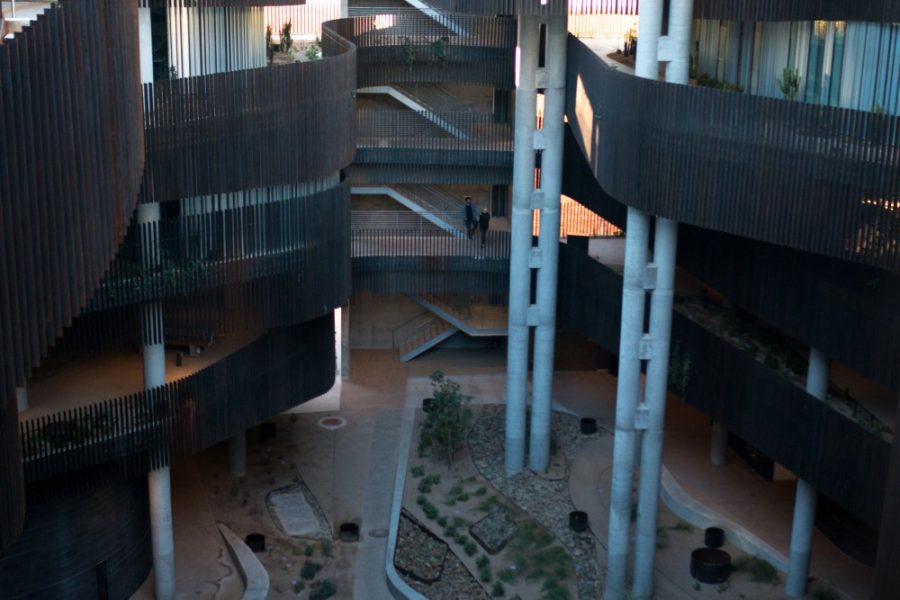In a recent report grading the weather preparedness of all 50 states, Arizona received an overall grade of C- for its all-around weather readiness.
The report was released by Climate Central, a nonprofit science organization based in Princeton, New Jersey, on Nov. 18.
The goal of the report is to both recognize the challenges of the individual states and work with them to help improve their future preparations by “building an action plan, and implementing this plan,” according to the States at Risk report card website.
The grading process was comprised of five individual graded components: extreme heat, drought, wildfires, inland flooding and coastal flooding.
Arizona received a C+ in extreme heat, a D+ for drought, a D- for wildfires and was not awarded grades for inland and coastal flooding preparedness.
“Like most states, Arizona has taken strong action to address its current climate risks, but it has taken limited action to extend those efforts to understanding, planning for or addressing its future risks,” according to the report. “This is particularly true for wildfires, where Arizona’s threat level is among the highest in the nation.”
Kathy Jacobs, a professor for the Soil, Water and Environmental Science Department, said this is due to a lack of discussion on climate change.
“One of the reasons is that they do not have an adaption plan and they have not explicitly talked about preparing for climate change, and that [made] it very hard for them to get a good grade,” Jacobs said.
The report cited Arizona’s State Hazard Mitigation Plan, which recognizes some potential climate risks that the state may face in the future.
“The underlying problem is that we have been emitting too much carbon dioxide into the atmosphere that comes from things like driving cars and coal-fired power plants. The main way to slow things down over time is by emitting fewer greenhouse gases,” Jacobs said.
One way that the state has prepared itself is through projects in water conservation.
Within the Tucson area, water has been very influential in the climate preparation efforts of the region as water management plays a crucial component through its role in protecting against drought.
“Water managers in the Tucson region have done an excellent job of preparing for the future. Most water providers engage in long-term planning and have drought plans,” said professor Sharon Megdal, director for the UA’s Water Resources Research Center.
Water conservation is not just a regional priority, but one that is highly prioritized here as well.
“I think that Tucsonans, including students at the UA, are tuned in to our changing climate and drought,” Megdal said. “We have a good culture of conservation in the Tucson region.”
Follow Sebastian Laguna on Twitter.









